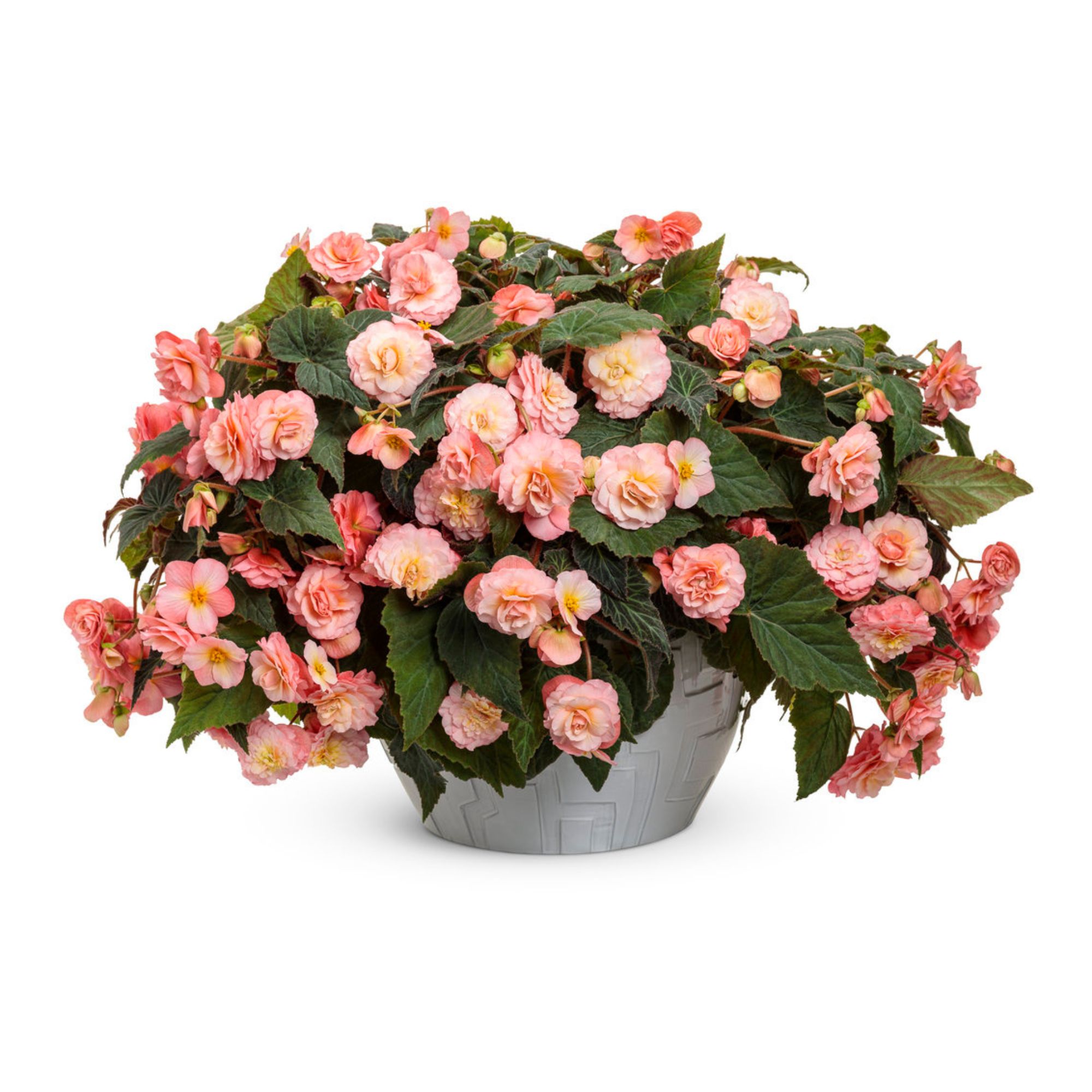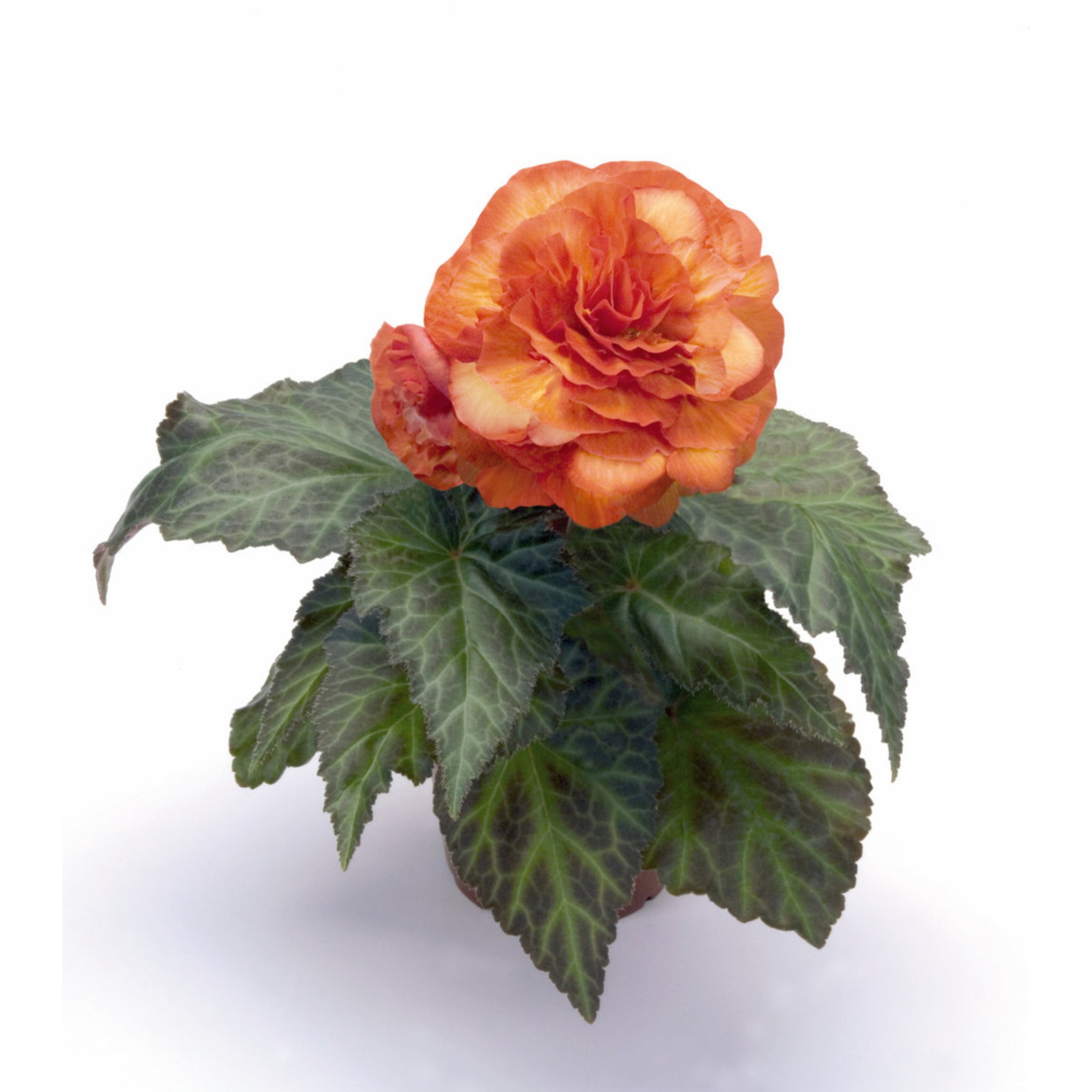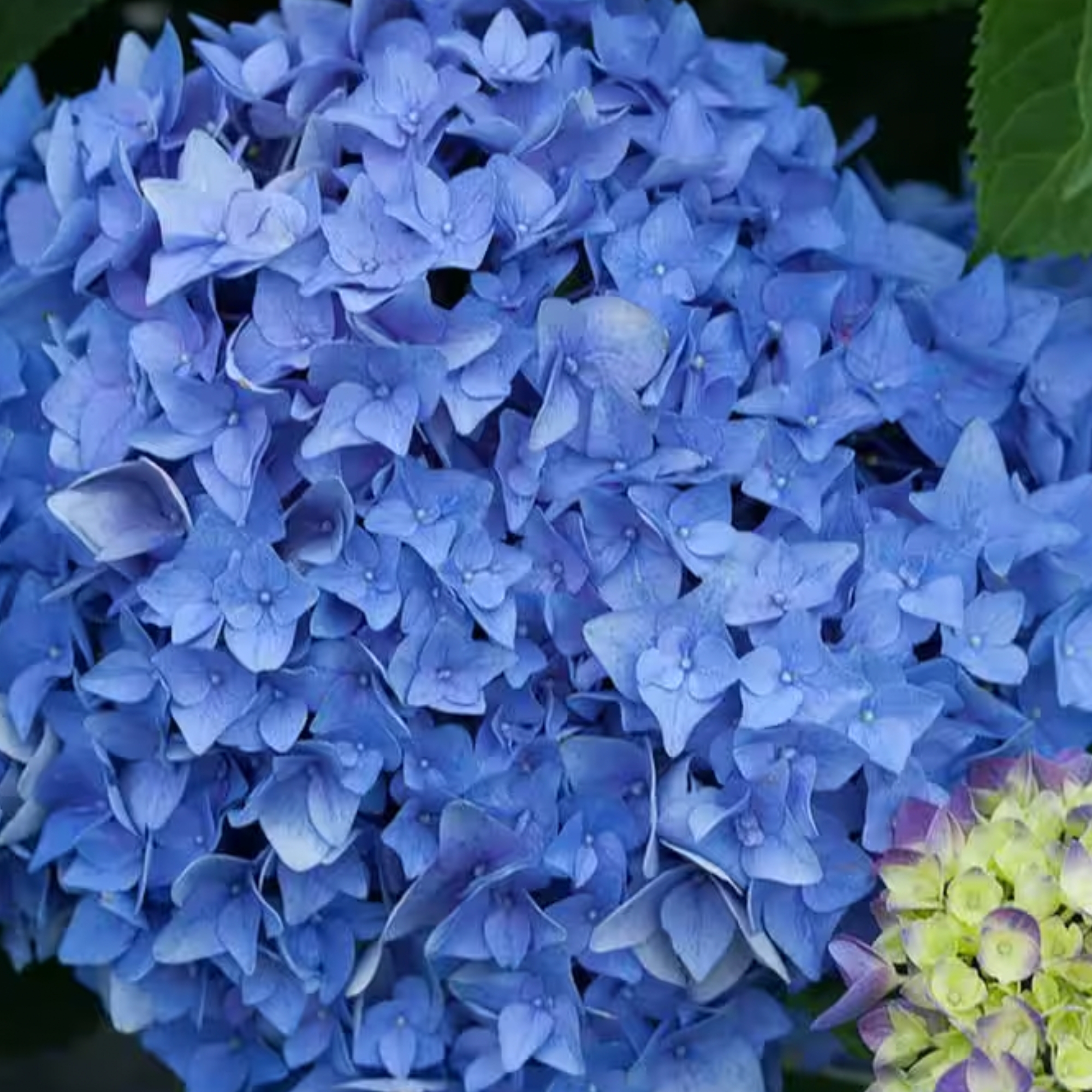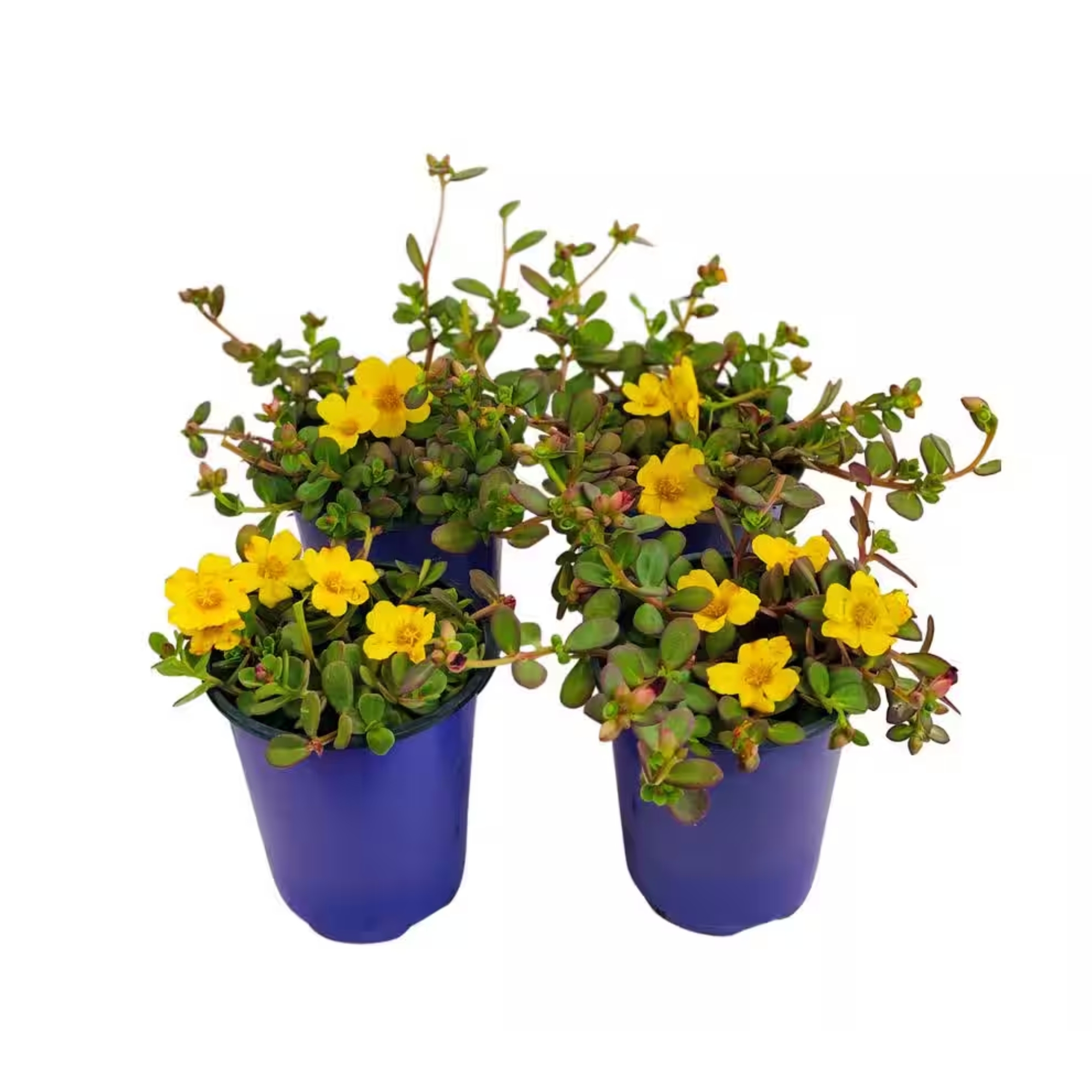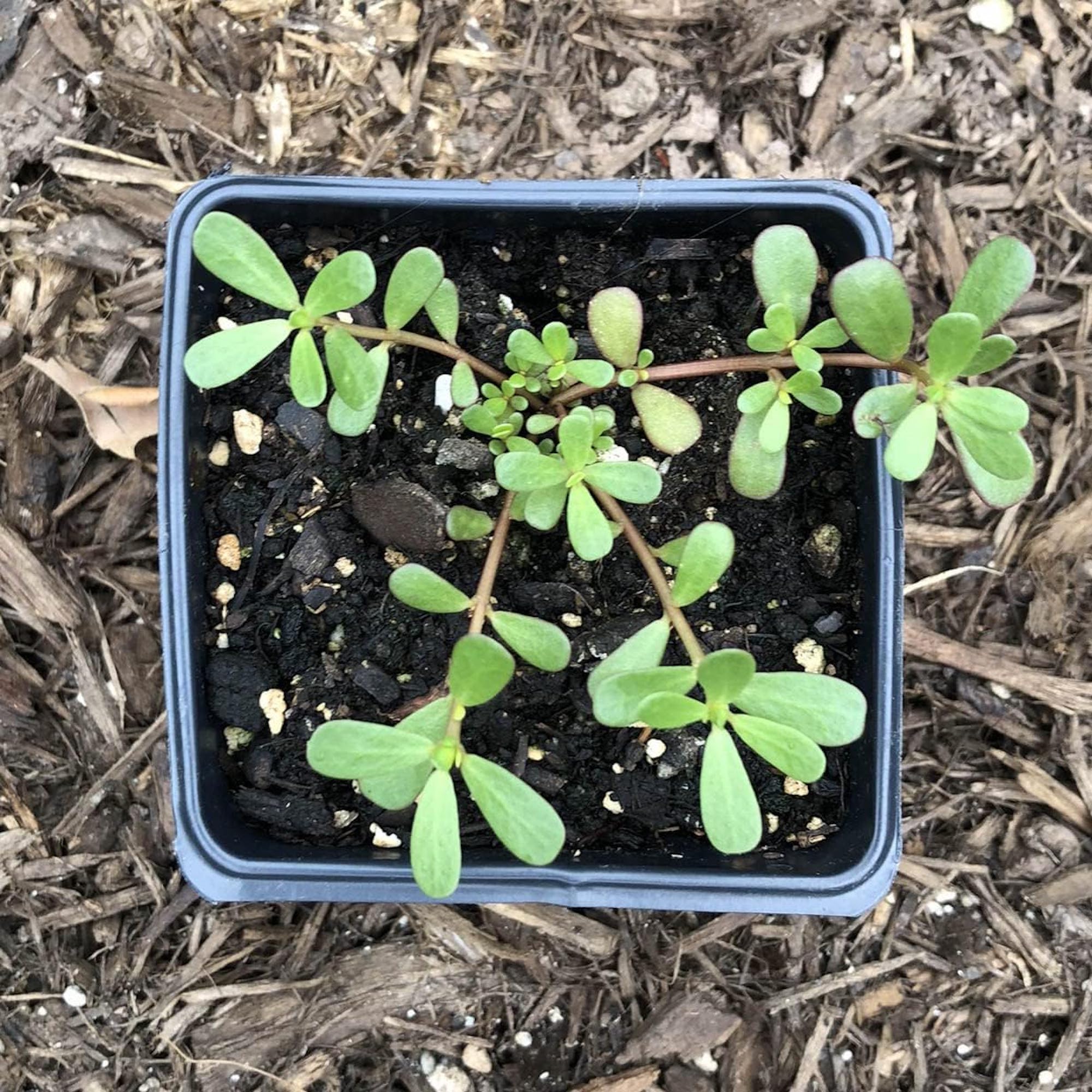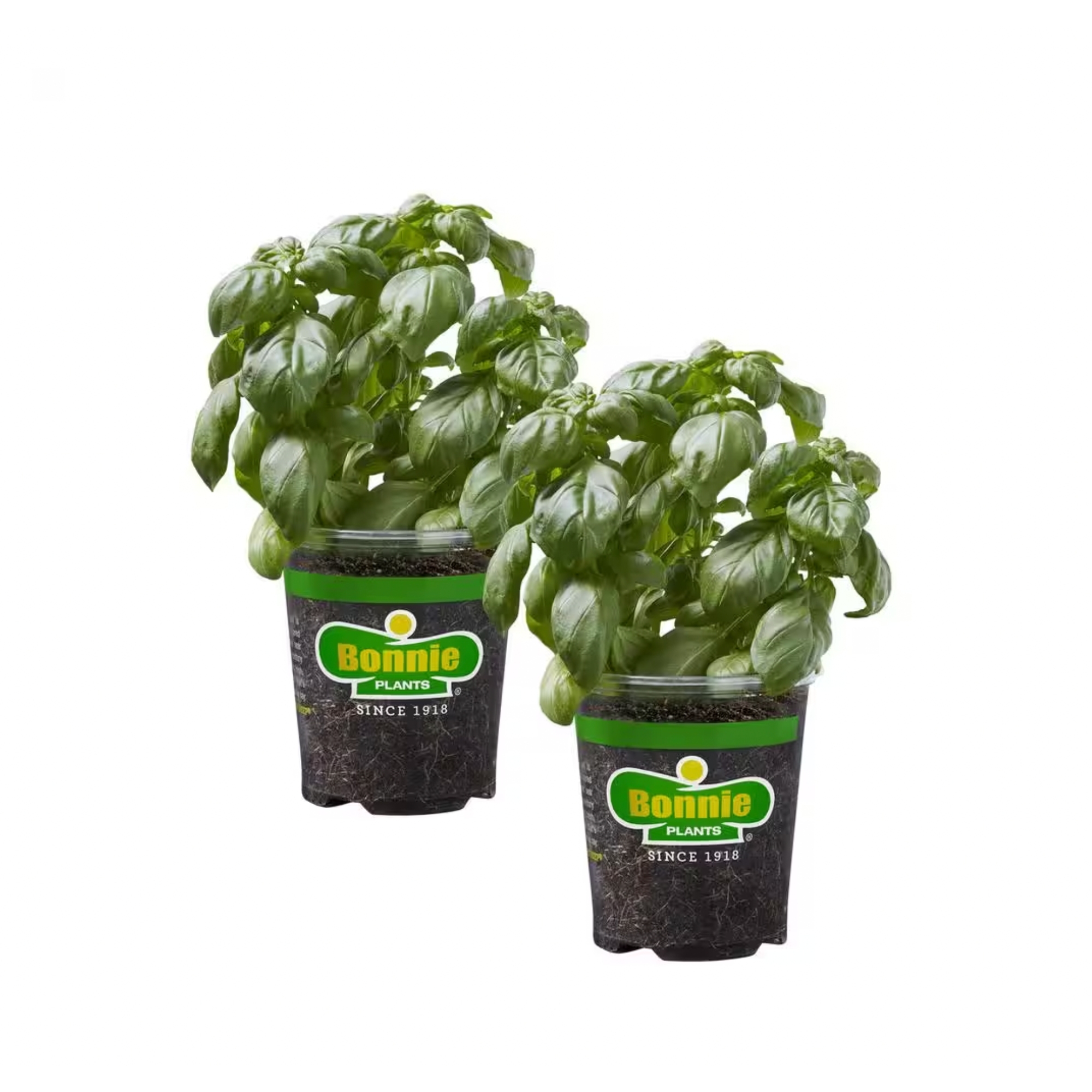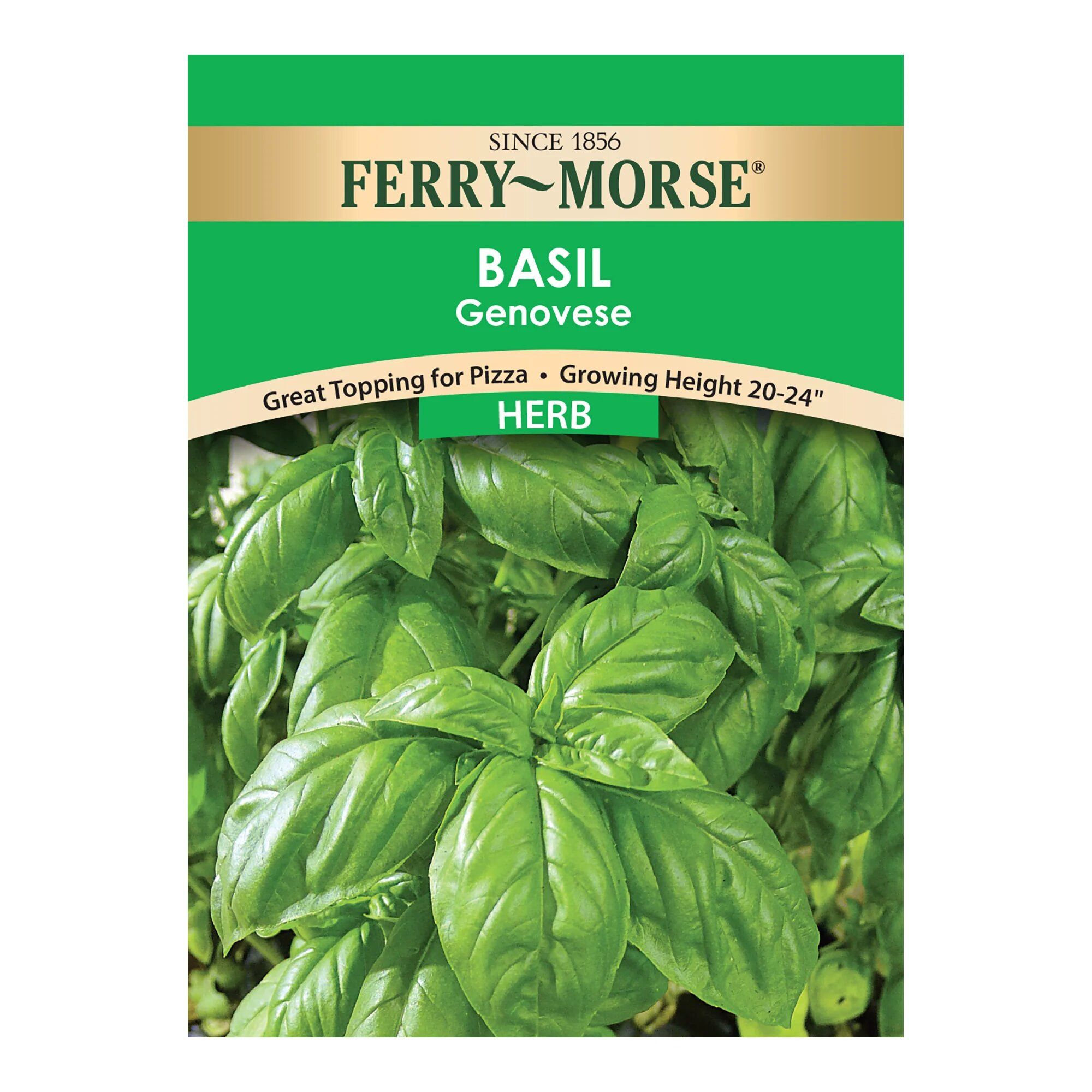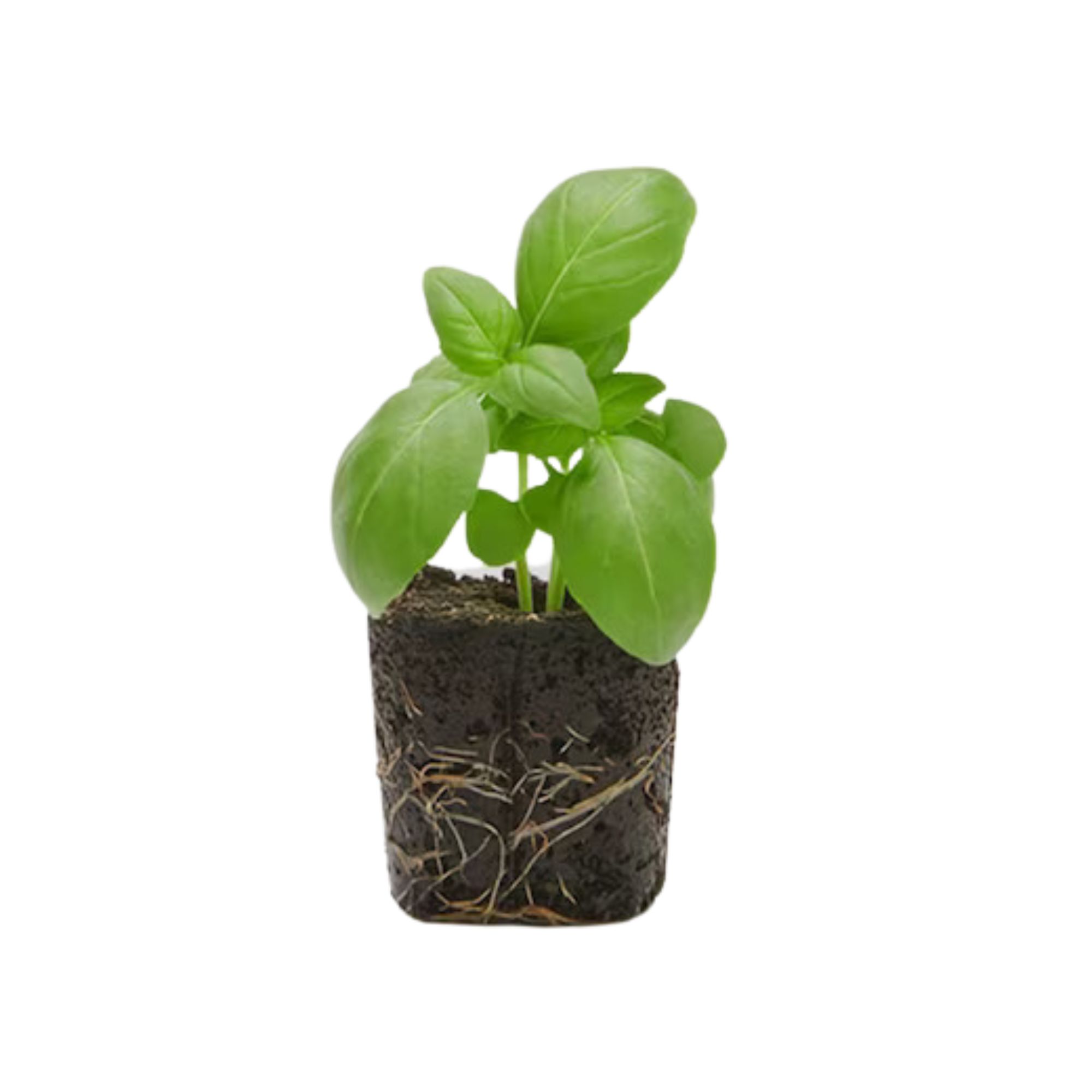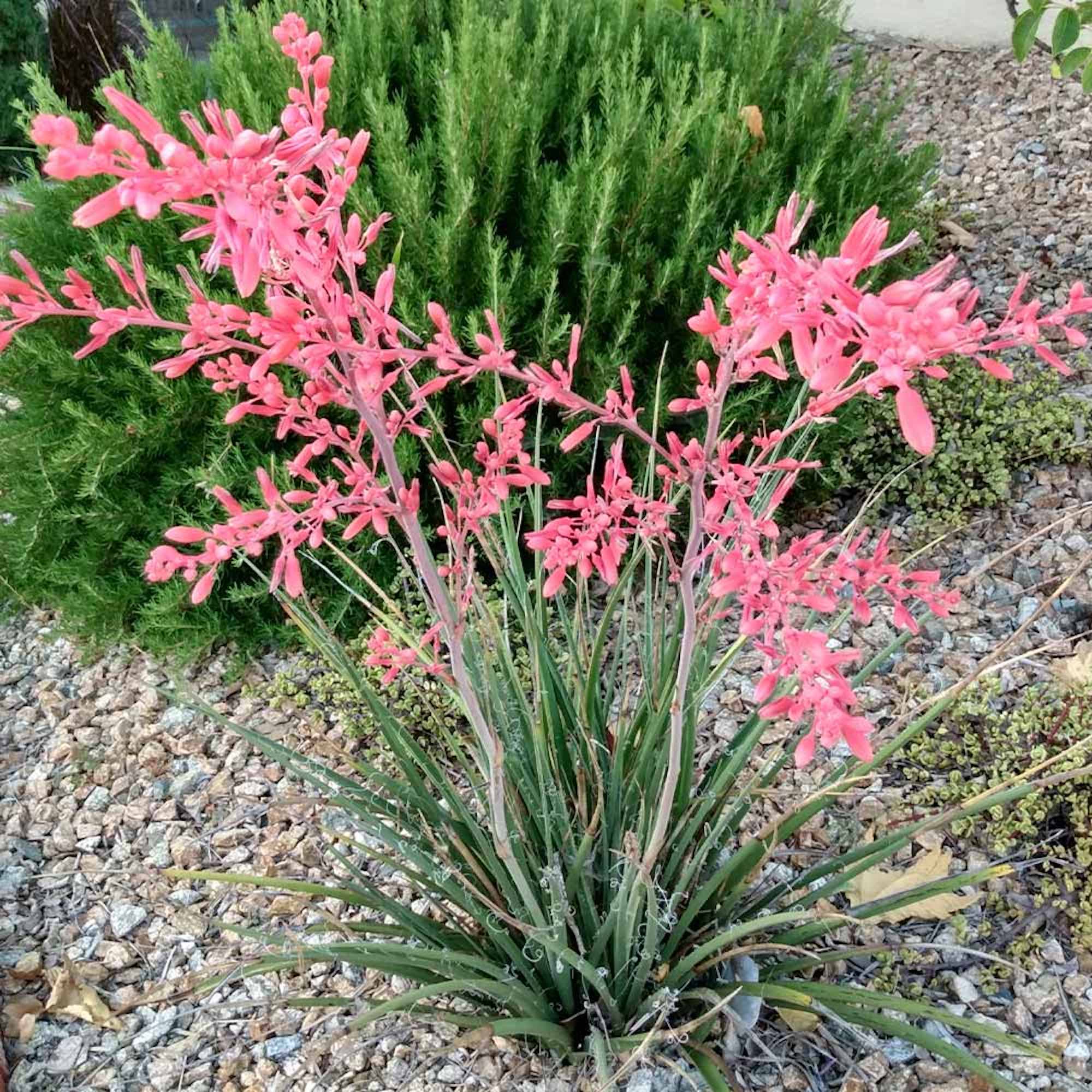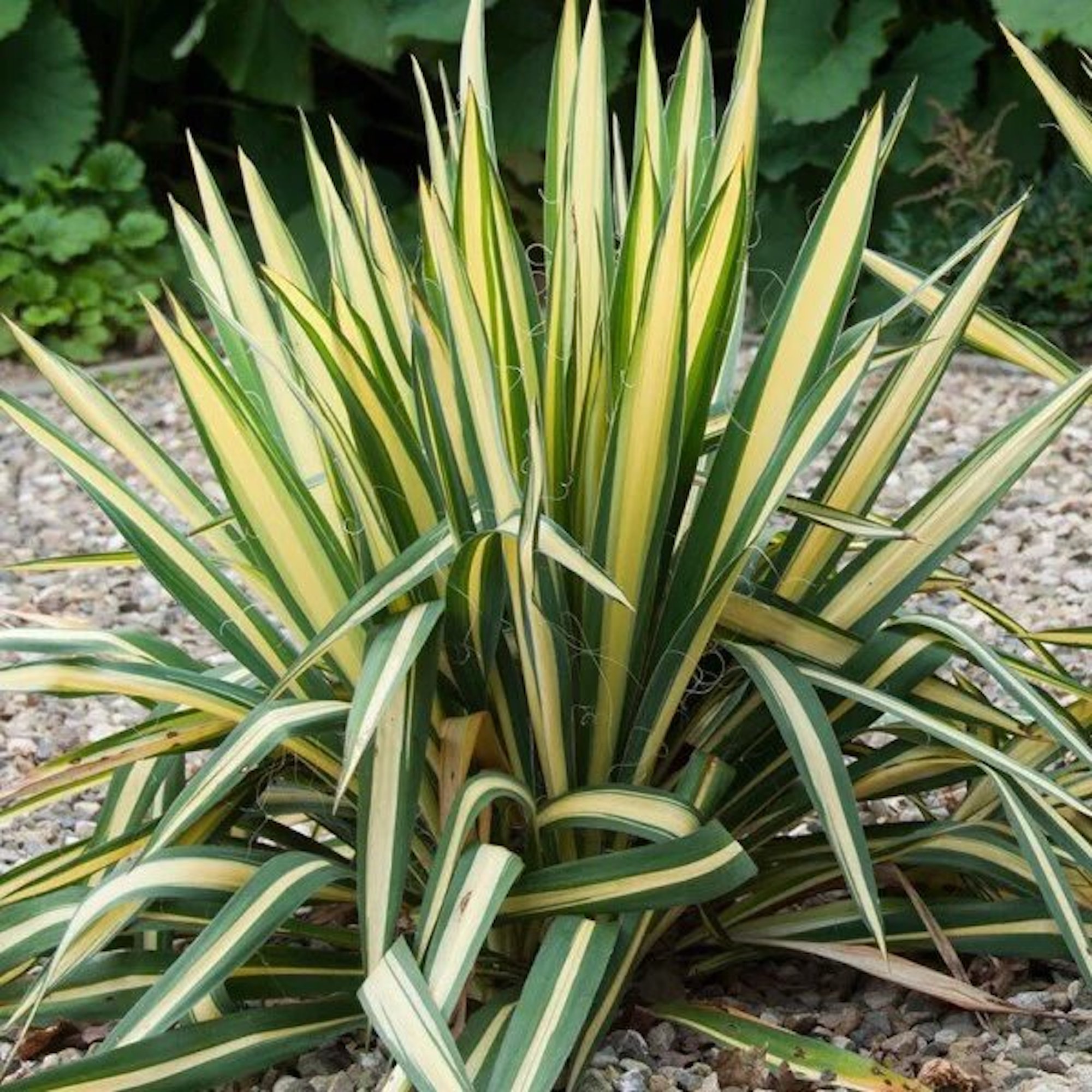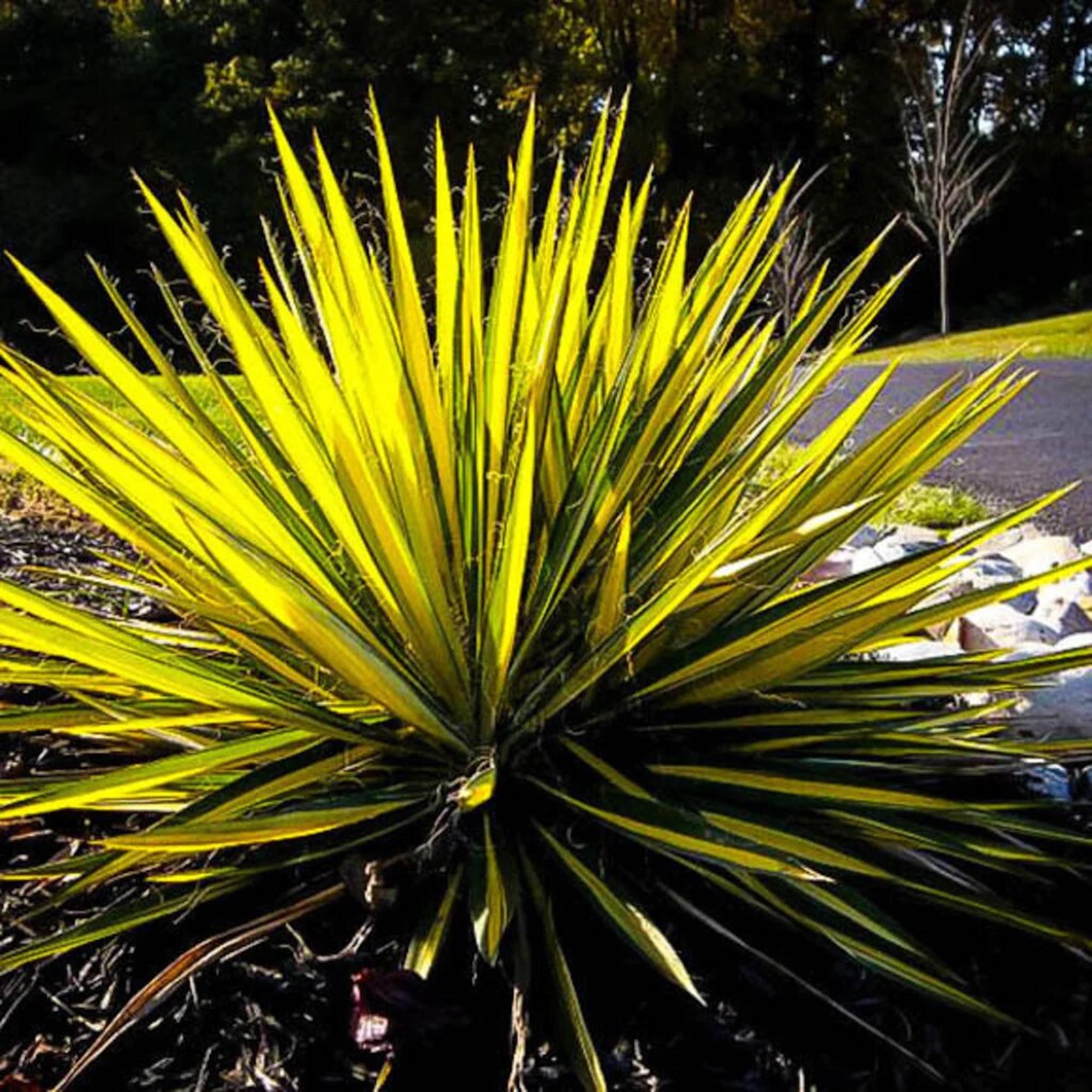The 5 best outdoor potted plants to grow on your balcony or tiny patio
Because gardening is so zen

When I was a little kid, I remember thinking gardening was pretty much the most boring thing you could do. My grandparents would try and walk me around their garden, naming random plants and I would roll my eyes accordingly. These days, however, I think it’s kinda cool. There’s something very cottagecore-slash-zen about getting your green fingers and nurturing your own little flock of plant babies. And, the cool thing about potted plants is that whether you have a small garden, balcony, or just some extra window sill space, there’s always a plant big or small enough to work.
Here, I’ve shared seven potted plants that aren’t high maintenance and work well for beginners. Most would be perfect for a small garden or balcony due to their medium size, while the likes of basil or a small bonsai tree could work on a ledge, too.
7 outdoor potted plants for small spaces
Whether you’re looking for something flowering and colorful, earthy and herby, or big and bushy, you’ll find it here.
Begonias
What makes begonias special is that their beautiful blooming heads actually prefer shade. I know, right? Wild! So, if you have an outdoor area or balcony that is partially or even fully shaded and you have been feeling frustrated about the types of plants you can grow there, well, let me introduce you to begonias.
There are over 40 types of begonias, so make sure you do choose the flowering variety! If it helps, I love tuberous begonias, which have double-headed flowers and come in an amazing range of colors including Prima Donna Sunburst and Solenia Dusty Rose.
I also love that once begonias pop, they just don’t stop. From June, these babies will be flowering nonstop until the frost comes — so you really get bang for your buck.
Plant them in any kind of pot you like, but please, please make sure there are drainage holes and don’t overwater. One thing a begonia hates is a soggy bottom (those who have seen the Great British Bake Off will know what I’m talking about), and they will rot.
Hydrangeas
Hydrangeas are one of my favorite flowers, ever. I often buy one globe-like stem at the flower market and put it in a vase on my kitchen table, so I’ve often thought about how nice it would be to grow my own. Hydrangeas do really well in pots so whether you have a big ol’ garden, a balcony, or just a front stoop, you can make space for a hydrangea in your life.
Hydrangeas are pretty low maintenance; they like partial sun, so if you need to move them into the sunlight for a few hours in the morning do so, but they’ll probably get enough naturally as long as your spot isn’t completely dark.
These plants have big roots and can become heavy, so you’ll need a sturdy pot with plenty of space for the roots to stretch out and one that won’t topple over as the hydrangea grows up. Plus, ensure there’s drainage holes at the bottom for a medium amount of moisture. Water a few times a week or more if they start to droop - these guys are thirsty, so they’ll let you know if they need a drink!
Purslane
By some, purslane can be mistaken as a weed, but this feisty little shrub is actually a brilliant plant for a beginner gardener as it grows super fast and is actually considered a superfood. Yup, that’s right. Its tart, tangy leaves can be added to salads and are really good for you. So, by giving this plant a chance, you also get something pretty cool in return, too — an addition to your dinner.
Purslane is really adaptable, so you can put it in most containers but terracotta works best as it dries out the soil. It’s also important that any pot you choose has drainage holes as purslane doesn’t like to get too wet.
Pop your purslane in as much sun as possible as these little guys can’t get enough of the rays. If you have to move it around the garden or pop it on a sunny window ledge for a while, that’ll do, too.
Basil
An oldie, but a goodie, you really can’t go wrong with this stalwart herb. Of course, it smells delightful, and then there are the practical uses such as using it as seasoning or in cocktails and mocktails, but this plant really does grow well in a container.
Top tips are to use a large pot so that air can circulate easily around the plant and when you’re popping it in for the first time, ensure the leaves sit just above the edge of the pot.
Basil can dry out a little quicker outdoors, so water well at least once a week and check the soil by inserting a finger down to the second knuckle and inspecting for dryness. Another important thing to remember is that basil leaves need to be pruned quite early on, but don’t pull off too roughly or you’ll damage the stems.
"Golden Sword" Yucca
You’ll have seen these thin, spiky plants in gardens before, no doubt. With their kooky long legs, they’re hard to miss! As one of the hardiest outdoor container plants there is, they’re pretty much a stalwart of every green-fingered enthusiast's garden, so if you’re starting out and need something that’s easy to keep alive, this could be for you.
Yuccas are native to warm climates, so they prefer sunny weather and don’t like to get too wet, otherwise, they might develop root rot — the last thing you want your plants to have.
Yuccas are evergreen and low maintenance, so all the energy you put into planting them pays off. Plus, the leaves change color throughout the year, from bright green to amber, which is really pretty.
Get small space home decor ideas, celeb inspiration, DIY tips and more, straight to your inbox!
